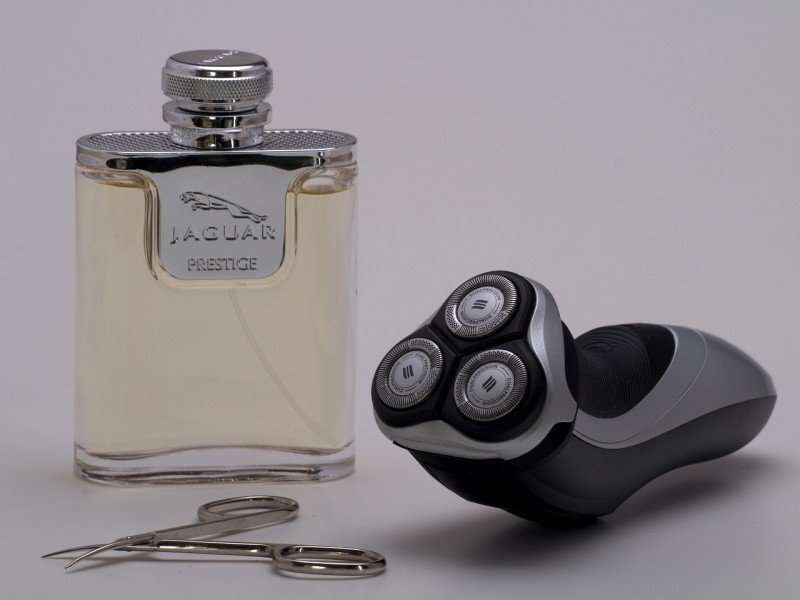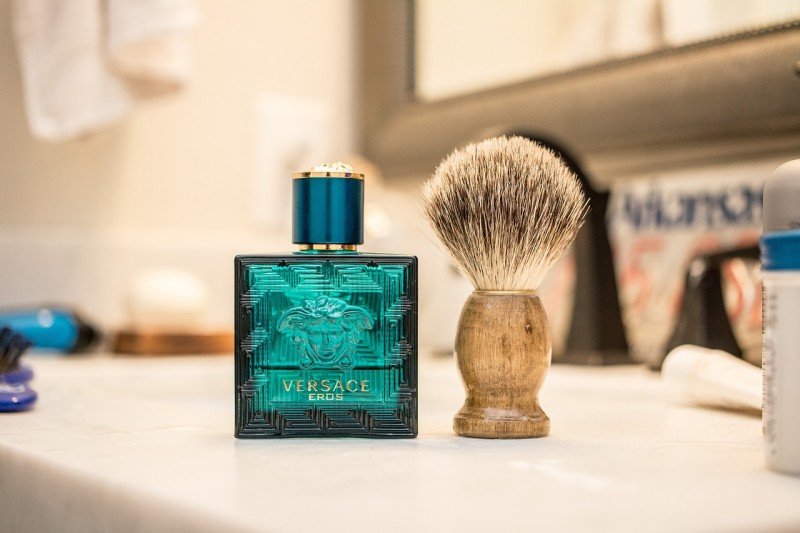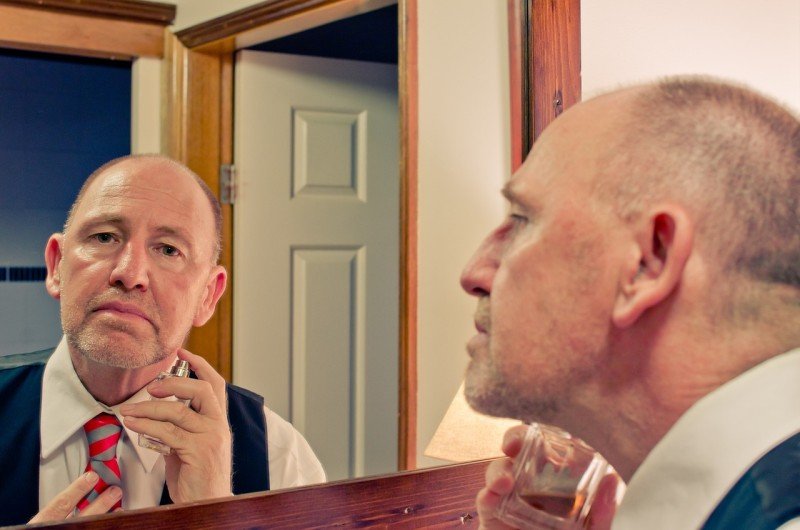Many people who shave their heads wonder if it's better to shave when their hair is wet or dry. I've researched both ways deeply, so you don't have to guess which is better.
I'll explain the best way to shave, why it's essential to pick the right razor, and how to understand how your hair grows. Taking care of your scalp after shaving is also crucial to keep it healthy.
Remember, a good head shave is not just about shaving itself; it's about understanding your hair and caring for your scalp before, during, and after the shave.
Key Takeaways
- Shaving your head while it's wet provides a closer shave and smoother result.
- Dry shaving is a good option if you're short on time, but use a shaver or razor designed for dry use.
- Understand the direction your hair grows in to avoid skin irritation.
- After shaving, use moisturizers or aftershave products to keep your scalp in good shape.
- Choose the best shaving method for you and consider using a safety razor or shaver with a moisturizing strip for wet shaves or an electric shaver for dry shaves.
- Moisturize your scalp afterwards with a product that suits your skin type.
Wet Vs. Dry Shaving
When deciding whether to shave with water (wet shaving) or without (dry shaving), it's essential to consider your skin and hair. These factors can guide your choice if you have sensitive skin or thick hair. For example, if you shave often, you might prefer wet shaving. This method provides a layer of protection for your skin, using water or shaving cream to help prevent redness or irritation. Using a sharp blade for a smooth shave that avoids cuts is also essential.
On the other hand, dry shaving is excellent when you're in a hurry and need to shave quickly without water or cream. It's convenient and can be done almost anywhere. Remember that a sharp blade is key to preventing pulling your hair and causing pain or damage to your skin.
Proper Shaving Techniques
After deciding whether to shave with or without water, I'm now learning to ensure it's smooth and doesn't hurt, no matter how I do it. Here are the key steps:
-
Getting Ready: I ensure my skin is moist, which is essential for water shaving. I put on a lot of shaving cream to help protect my skin.
-
Sharp Blades: I keep an eye on my razor blades to make sure they're sharp. They can pull on the hair and skin if they're not, causing pain and a patchy shave.
-
How to Shave: I start by shaving in the same direction as the hair grows, and then I might shave sideways or against the grain to get a closer shave. I stretch my skin to make it smooth when I need to.
Choosing the Right Razor
Choosing the right razor is vital for a smooth shave and to avoid irritating your scalp. Finding a razor that works well with your hair and skin type is essential. There are different kinds of razors, and each one needs to be looked after in a certain way to last longer and give you the best shave.
Here's a simple guide to my razor choices and how to take care of them:
- Safety Razors: Clean them often.
- Cartridge Razors: Change the blades when they get dull.
- Straight Razors: Keep them sharp with honing and stropping.
- Electric Shavers: Keep them working well with regular lubrication.
Each type of razor has its care routine that helps it work well and last a long time. I make sure to maintain my razor blades carefully. By doing this, I enjoy a better shave and don't have to face any shaving troubles.
When picking a razor, think about what you need. For example, a safety razor like the Merkur Mk34c is excellent for a precise shave and is easy to clean. If you're always on the go, you might prefer cartridge razors like the Gillette Fusion5 that you can easily replace the blades on.
If you want the classic barber experience, a straight razor like the Dovo Inox is a good choice, but requires more care. For those who prefer an electric option, the Philips Norelco Shaver 9300 can be a comfortable and quick alternative, but remember to lubricate it to keep it in good shape.
Understanding Hair Patterns
Knowing how your hair grows is essential if you're thinking about shaving your head. Understanding this can help keep your scalp healthy and ensure your hair grows evenly. Here's the simple breakdown:
-
Whorls and Cowlicks: These swirls in your hair can make it stick up or lay flat. If you shave against them, you might irritate your skin.
-
Growth Direction: Hair doesn't all grow the same way. Shaving in the same direction your hair grows can help you avoid cuts and get a closer shave.
-
Density Variations: Your hair might be thicker in some spots. Change how you shave in those areas to keep your scalp healthy and avoid hairs that grow into your skin.
Knowing these things helps you shave better and have a more comfortable grooming experience.
Post-Shave Head Care
After I shave my head, I must look after my skin to stop irritation and keep it healthy. Right after shaving, I wash off all the shaving cream or gel. Then, I dry my head with a clean towel by dabbing it gently. Next, I put on a post-shave balm or lotion that keeps the scalp moist and doesn't have alcohol, which can dry the skin.
Since a bald head can get sunburned easily, I'm careful to protect it from the sun. I use sunscreen with a high SPF, which protects against all types of sun rays and doesn't wash off in water. It's essential to put more on if I sweat or go for a swim to keep my scalp safe from sunburn.
Our Final Head-Shaving Thoughts
To sum it up, choosing to shave your head hair when it's wet or dry depends on what you like and how sensitive your skin is. Shaving with water is often better for a close, smooth finish because it softens the hair and prepares your skin.
But if you're in a hurry and want something quick, shaving dry can work well too, especially if you have the right equipment.
It's also important to know how your hair grows and to take care of your skin after shaving to avoid irritation.
To keep your scalp healthy and comfortable, picking the method that suits you best is vital.


